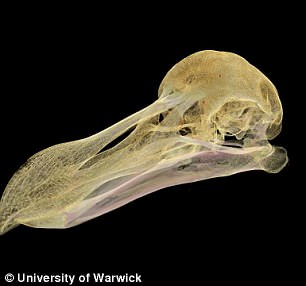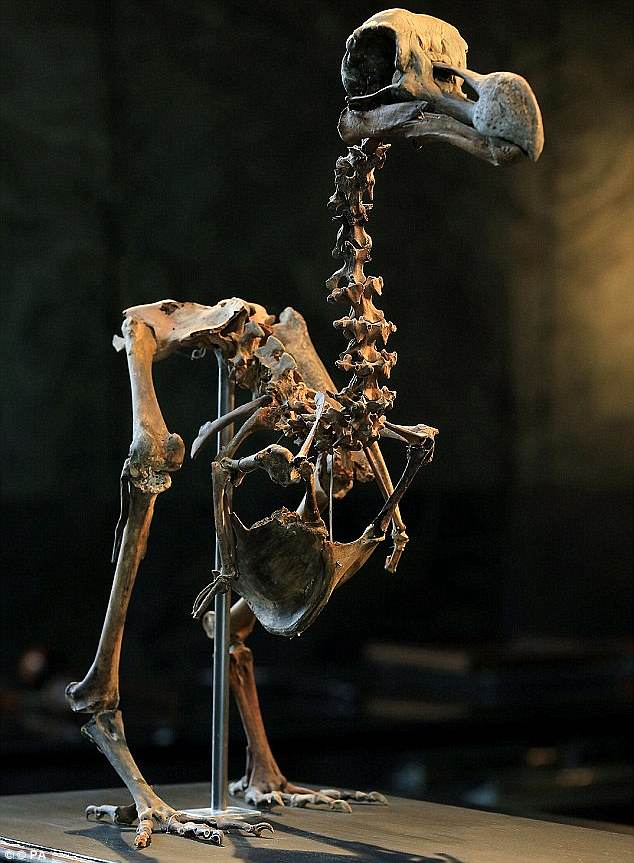The Oxford Dodo: Seeing More than Ever Before
Case Study: The Oxford Dodo: Seeing More than Ever Before
The Oxford Dodo Raphus cucullatus is a prized specimen in the Oxford University Museum of Natural History (OUMNH), representing the last soft-tissue of any Dodo anywhere in the world. The remains are composed of a single foot and the head of the dodo, the only two parts retained after significant degradation since the specimen was first accessioned. The specimen was thought to likely be the remains of a specimen described in London by Sir Hamon L’Estrange in 1638.
The specimen was first recorded in Oxford in 1683, thought to have passed from the collections of John Tradescant of South-Lambeth, to Elias Ashmole who donated his collections on death to Oxford University with a view to establish a museum, to become the Ashmolean. The bird was intact and on display, but significant degradation over this period meant in 1755 parts of the specimen needed to be destroyed, leaving only the single head and foot.
The specimen was brought to CiMAT at the University of Warwick initially to be scanned in order to visualise and document the specimen for the purposes of outreach. However, the scans using their Zeiss Versa 520 system quickly cast doubt on the suspected provenance of the specimen. Seven scans were stitched together to achieve a high resolution dataset of the object, enabling high quality visualization of its anatomical features in detail.
More notable however is the presence of lead shot embedded in the back of the skull of the Oxford Dodo, suggesting that the bird was killed rather than dying of natural causes as suggested. The majority of this material was located in the left posterior side of the skull, with others embedded in the skin around this area. The size and location of the lead pellets are consistent with a shot from the right-side of the skull, potentially from below the bird, supported by the presence of holes in the skin on the right, previously considered to be insect damage.
Firearm development and fowling practice during the brief period of the Dodo’s extant existence lines up with the use of lead shot in hunting game birds, suggesting that the Oxford Dodo was killed. If the bird was ‘on display’ as L’Estrange notes, it is unlikely that this particular money-spinner would have been executed in such a manner. The history of the bird is thus uncertain and until more archival evidence is discovered, will remain so.
BBC Article: Discover the violent end of the Oxford dodo - BBC News
Related Media:
oxford dodo shot in the back of the head
Lewis Carroll's dodo was shot in back of the head
Oxford dodo died after being shot in the head, scientists claim
Publications: Warnett, JM, Williams, MA, Wilson, P, Smith, MP. 2020. The Oxford Dodo. Seeing more than ever before: X-ray micro-CT scanning, specimen acquisition and provenance. Historical Biology, DOI: 0.1080/08912963.2020.1782396. The oxford dodo seeing more than ever before x-ray



